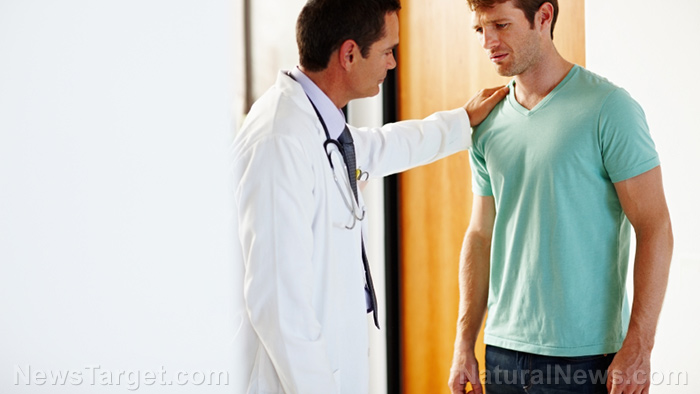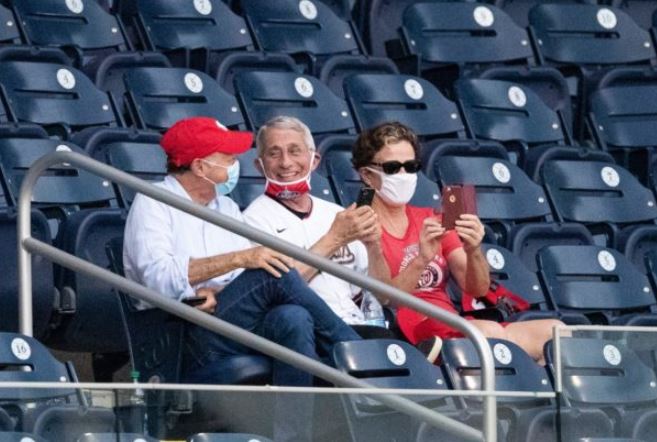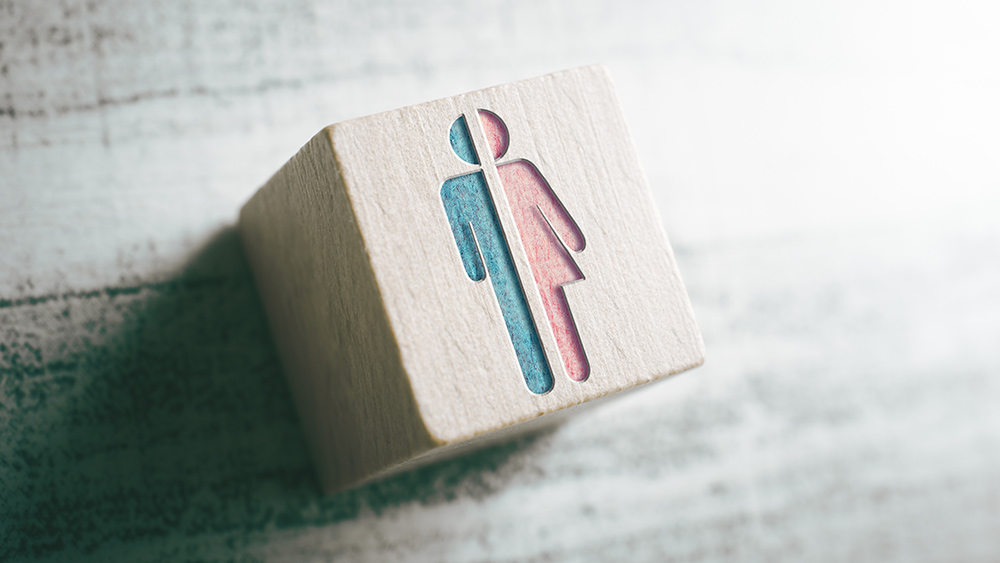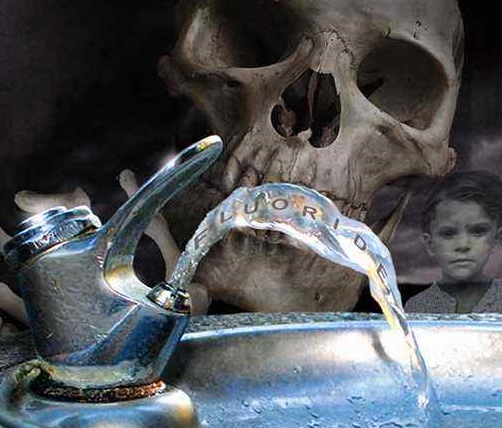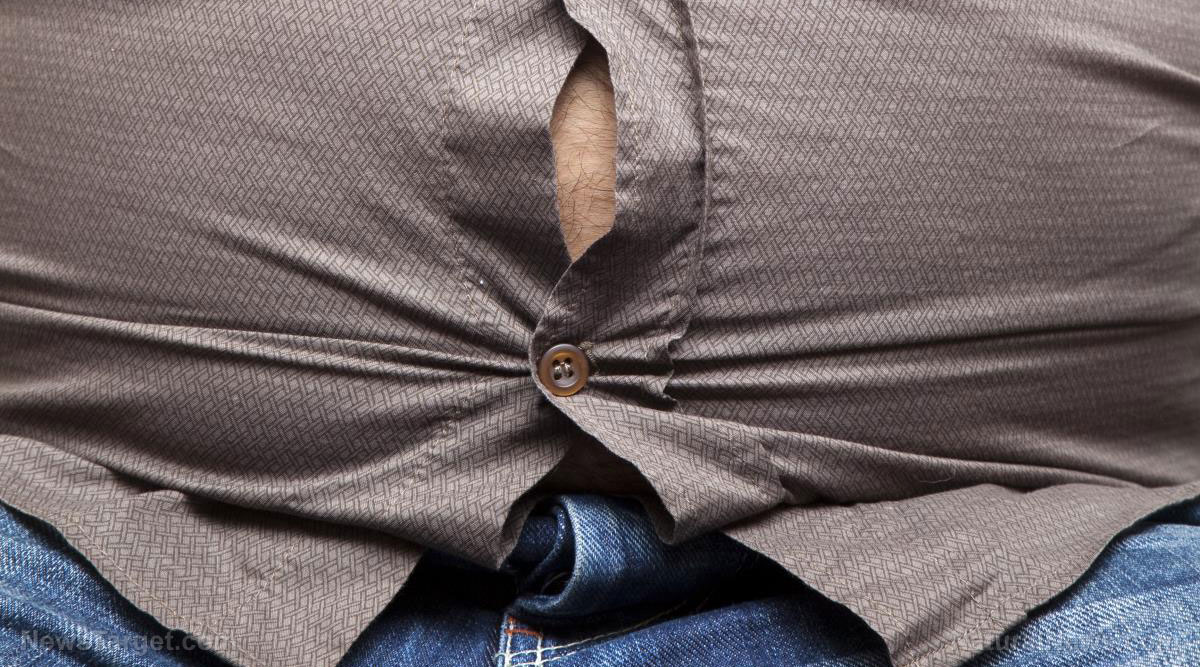
The Centers for Disease Control and Prevention (CDC) has put all five boroughs of New York City back in the high-risk category for the Wuhan coronavirus (COVID-19) as what they call the "worst" omicron subvariant spreads through the community. This is reflective of the increasingly infectious national climate as the worst version of omicron strain ravages the state.
In a tweet, the agency said: "We're currently seeing high levels of COVID-19 in NYC. To help slow the spread, all New Yorkers should wear a high-quality mask, such as an N95, KN95 or KF94 in all public indoor settings and around crowds outside." (Related: Del Bigtree: Rise in COVID cases from new omicron subvariants is something to watch out for.)
New York was put in the high-risk category for the latter half of May but transitioned to medium risk in June as cases slowed down. However, the boroughs are back in a heightened state of risk, and face masks are once again recommended for everyone, indoors and in public settings, regardless of their vaccination status.
Official data also revealed that the seven-day positivity rate in New York is at 14.6 percent, which is its highest since January. Some neighborhoods in Manhattan and Queens are seeing as much as 25 percent positivity rates and city health officials renewed the indoor mask advisory in light of the updated COVID data.
Dr. Jay Varma, a COVID-19 adviser for former New York City Mayor Bill de Blasio, said New Yorkers need to carry high-quality masks "if you’re in a situation where you want to reduce your risk and it’s important.
However, he did sympathize, saying that he understands many people are tired of the mandates.
Reinfection rates have also supported research findings, with the overall risk across the board. Long Island is shown to have the highest reinfection rate at 7.3 per 100,000 over the last week, while New York City has 6.9 per 100,000.
The two regions represent the most virulent areas, though New York City's rolling new case rate per 100,000 is slightly higher. The health department officials are also reevaluating their COVID alert system as they try to adapt to the changing pandemic climate.
A new study also showed that the more times people get reinfected with COVID-19, the higher their chances are to incur more health issues.
Other states seeing high cases of COVID as well
Like prior waves, the problem is not limited to New York City only. As of Friday, June 8, more than a fifth of all the U.S. counties (667) are designated high risk for community spread – an increase of 70 percent in just the last two weeks. In New York, Westchester County joined the five boroughs as a high-risk county, but Suffolk County downgraded to medium just after a week of elevated risk.
The latest wave is due to the COVID variant BA.5, an omicron descendant that was seen to be more transmissible than previous strains. It also appears to be at least four times more vaccine-resistant, according to a Columbia University study published earlier in the week.
BA.5 accounted for over 40 percent of the COVID-positive sample cases from New York State, which were sequenced for variants in the latest two-week data set.
Subvariants BA.2.12.1, which caused the hospitalization surge in May, sent 87 percent of the New York State counties into the CDC's high-risk territories for COVID despite being only 1.8 times more resistant to vaccines.
Visit Pandemic.news for more updates about COVID-19.
Watch the video below for a clearer picture of the New York COVID-19 situation in the past month.
This video is from the Peter R. Breggin, MD channel on Brighteon.com.
More related stories:
BIG PHARMA PAYDAY: US govt. mulls purchase of COVID vaccines that claim to target omicron.
Sources include:
Please contact us for more information.









